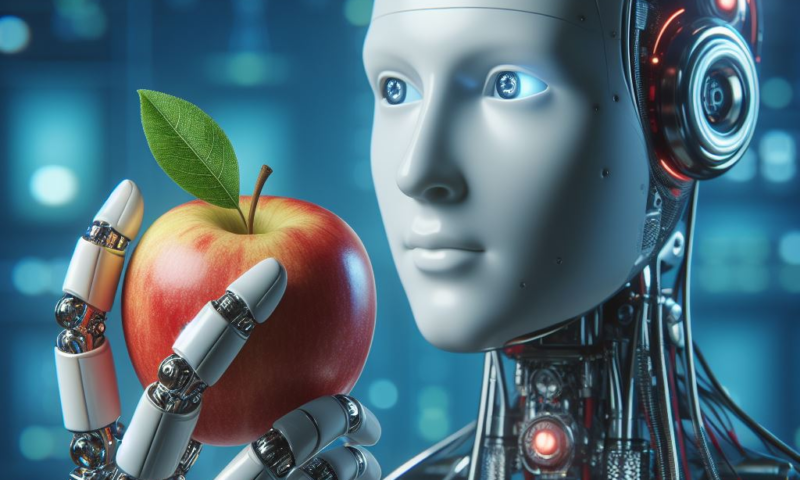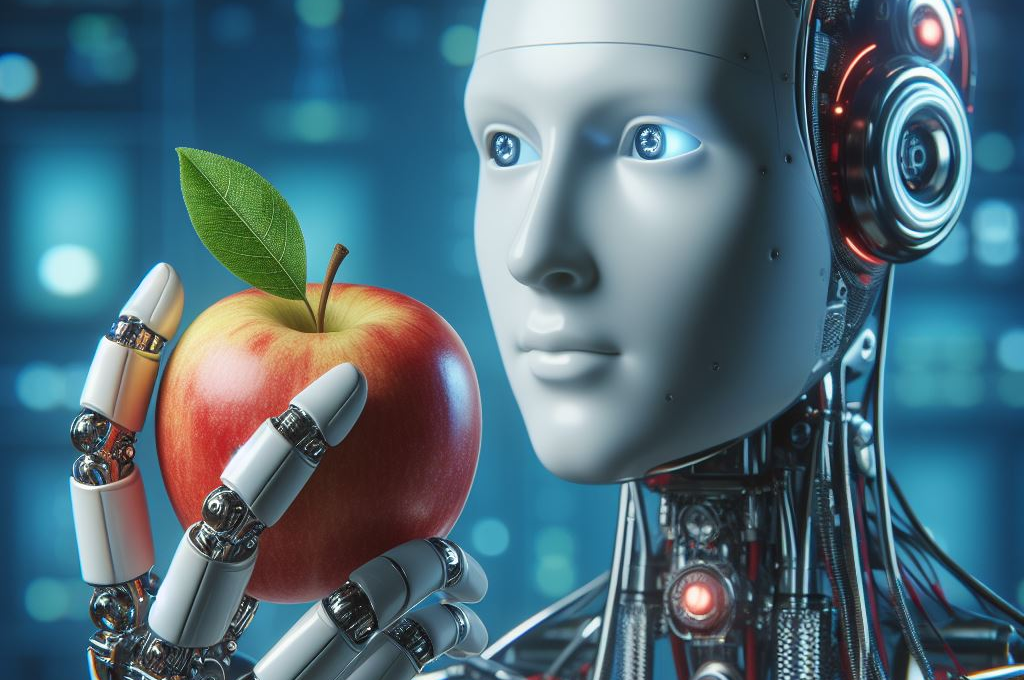Understanding Data Storage Solutions: Data Lake, Data Warehouse, Data Mart, and Data Lakehouse
Understanding the nuances between data warehouse, data mart, data lake, and the emerging data lakehouse is crucial for effective data management and analysis. Let’s delve into each concept.

Data Warehouse
A data warehouse is a centralized repository of integrated data from various sources, designed to support decision-making. It stores historical data in a structured format, optimized for querying and analysis.
Key characteristics:
- Structured data: Primarily stores structured data in a relational format.
- Integrated: Combines data from multiple sources into a consistent view.
- Subject-oriented: Focuses on specific business subjects (e.g., sales, finance).
- Historical: Stores data over time for trend analysis.
- Immutable: Data is typically not modified after loading.
Popular tools:
- Snowflake: Cloud-based data warehousing platform
- Amazon Web Services (AWS): Amazon Redshift
- Microsoft Azure: Azure Synapse Analytics
- Google Cloud Platform (GCP): Google BigQuery
- IBM Db2: IBM’s enterprise data warehouse solution
- Oracle Exadata: Integrated database machine for data warehousing
Data Mart
A data mart is a subset of a data warehouse, focusing on a specific business unit or function. It contains a summarized version of data relevant to a particular department.
Key characteristics:
- Subset of data warehouse: Contains a specific portion of data.
- Focused: Tailored to the needs of a specific department or business unit.
- Summarized data for High Performance: Often contains aggregated data for faster query performance.
Popular tools:
- Same as data warehouse tools, but with a focus on data extraction and transformation specific to a particular business unit or function.
Data Lake
A data lake is a centralized repository that stores raw data in its native format, without any initial structuring or processing. It’s designed to hold vast amounts of structured, semi-structured, and unstructured data.
Key characteristics:
- Raw data: Stores data in its original format.
- Schema-on-read: Data structure is defined when querying.
- Scalable: Can handle massive volumes of data.
- Variety: Supports multiple data types and formats.
Popular tools:
- Amazon S3
- Azure Data Lake Storage
- Google Cloud Storage
- Hadoop Distributed File System (HDFS)
- Databricks on AWS, Azure Databricks
Data Lakehouse
A data lakehouse combines the best of both data warehouses and data lakes. It offers a unified platform for storing raw and processed data, enabling both exploratory analysis and operational analytics.
Key characteristics:
- Hybrid architecture: Combines data lake and data warehouse capabilities.
- Unified storage: Stores data in a single location.
- Transactional and analytical workloads: Supports both types of workloads.
- Scalability: Can handle large volumes of data and diverse workloads.
- Cost-Efficiency: Provides cost-effective storage with performant query capabilities.
Popular tools:
- Databricks: Lakehouse platforms on AWS, Azure (with Delta Lake technology)
- Snowflake: Extended capabilities to support data lake and data warehouse functionalities
- Amazon Web Services (AWS): AWS Lake Formation combined with Redshift Spectrum
- Microsoft Azure: Azure Synapse Analytics with integrated lakehouse features
- Google Cloud Platform (GCP): BigQuery with extended data lake capabilities
Similarities and Differences
| Feature | Data Warehouse | Data Mart | Data Lake | Data Lakehouse |
|---|---|---|---|---|
| Purpose | Support enterprise-wide decision making | Support specific business units | Store raw data for exploration | Combine data lake and warehouse |
| Data Structure | Structured | Structured | Structured, semi-structured, unstructured | Structured and unstructured |
| Scope | Enterprise-wide | Departmental | Enterprise-wide | Enterprise-wide |
| Data Processing | Highly processed | Summarized | Minimal processing | Hybrid |
| Query Performance | Optimized for querying | Optimized for specific queries | Varies based on data format and query complexity | Optimized for both |
When to Use –
- Data warehouse: For enterprise-wide reporting and analysis.
- Data mart: For departmental reporting and analysis.
- Data lake: For exploratory data analysis, data science, and machine learning.
- Data lakehouse: For a unified approach to data management and analytics.
In many cases, organizations use a combination of these approaches to meet their data management needs. For example, a data lakehouse can serve as a foundation for building data marts and data warehouses.
















